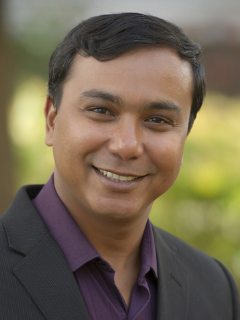
Date: Mon Jun 25, 2018
Time: 10:30 AM - 12:00 PM
Moderator: Shrini Upadhyaya
With the experience of field mapping practice during the last decade, a simple conclusion of four-level-field-management strategy was summarized. Level 1 was to describe the spatio-temporal variability of the fields, such as soil mapping and yield/quality mapping, and then to recognize the evidence in the field. Level 2 was to understand why the variability came out with help of farmers’ experience, such as mushing up of the date, memorizing the work history and the environmental conditions. Level 3 was to make decisions in order to increase the throughputs in long-term implication, looking at increases in the yield/quality under regional constraints and reducing the cost, or change the cropping system. Level 4 was the action and evaluation, such as to choose actions under the constraints of such labors and machinery. Research actions corresponding to the levels are different each other.
_natural.jpg)
Bulk apparent soil electrical conductivity (ECa) is the most widely used soil sensing modality in precision agriculture. Soil ECa relates to multiple soil properties, including clay content (i.e., texture) and salt content (i.e., salinity). However, calibrations of ECa to soil properties are not temporally stable, due in large part to soil moisture differences between measurement dates. Therefore, the objective of this research was to investigate the effects of temporal soil moisture variations on ECa data collected within a field with highly varying soil texture and a growing cotton crop. A variable-rate irrigation experiment imposed additional soil water content (WC) variability. Data were collected with an electromagnetic induction ECa sensor four times within the 2017 growing season, and a fifth time pre-planting. Profile WC to approximately 68 cm depth was measured using time-domain reflectometry (TDR) sensors within season and gravimetrically pre-planting. Regressions estimating WC from ECa data were developed and used to map spatially variable WC. Changes in ECa-estimated WC between measurement dates corresponded reasonably well with a mapped water balance. These results are a step toward the overall goals of this research, which are to estimate WC from ECa and also to standardize ECa-based estimates of other soil properties for WC variation. Such standardized estimates would be beneficial, for example, to more effectively translate ECa data into texture information that could be used for establishing variable-rate irrigation strategies.
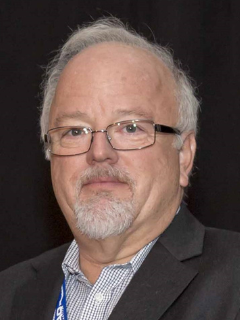
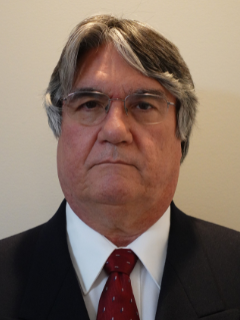
Evaluating nutrient uptake and site-specific nutrient management zones in rice in Costa Rica from plant tissue and soil sampling is expensive because of the time and labor involved. In this project, a range of measurement techniques were implemented at different vintage points (soil, plant and UAVs) in order to generate and compare nutrient management information. More precisely, delineation of site-specific nutrient management zones were determined using 1) georeferenced soil/tissue sampling, 2) proximal soil sensing (soil pH, Electrical Conductivity ECa, and dual-wavelength optical measurements) and 3) multispectral (blue, green, red, red edge, near IR narrowband wavelengths) and thermal images (0.1 oC temperature resolution) generated from UAV platforms.
New nutrient management plans were designed and applied based on site-specific soil/plant deficiencies and nutrient uptake at commercial scale. Two treatments were implemented to evaluate the benefits of site-specific nutrient management, namely i) Business-as-usual (control) where the conventional fertilization was maintained (4.33 ha) and ii) Optimized fertilization using nutrient deficiency maps (soil and plant) and variable rate applications (4.56 ha). The zoning maps were used to apply macro and microelements according to soil deficiencies and crop needs.
Delineation maps have shown to be a useful approach to guide fertilization operations. The grain yield was 4.72 Mg/ha for the conventional fertilization and 5.62 Mg/ha for the optimized site-specific fertilization resulting in a production yield increase of 18.9%. The yield of the optimized fertilization was 42.6% higher than the Costa Rican average. A cost-benefit analysis was carried out indicating that the optimized site-specific fertilization resulted in gains of USD $188/ha per rice cycle compared to conventional fertilization practices.
This study indicates that this new multi-sensor and data fusion approach is a useful technique to improve yield, generate gains (after cost of data generation), and to optimize rice production.
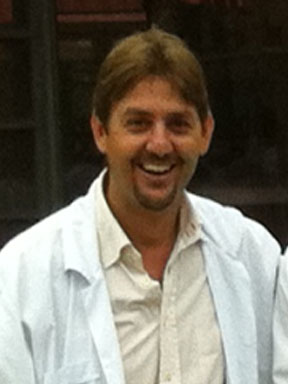
Knowledge of the small-scale nutrient status of arable land is an important basis for optimizing fertilizer use in crop production. A mobile field laboratory opens up the possibility of carrying out soil sampling and nutrient analysis directly on the field. In addition to the benefits of fast data availability and the avoidance of soil material transport to the laboratory, it provides a future foundation for advanced application options, e.g. a high sampling density, sampling of small sub-fields or dynamic adaptation of the sampling line during field sampling. An innovative key component is the NUTRI-STAT ISFET sensor module. It measures values for the ions "NO3-”, “H2PO4-" and "K+" as well as the pH. The ISFET sensor module was specially developed for soil nutrient analysis. The phosphorus measurement was further developed for the project "soil2data". First results from the ISFET sensor module show a measurement signal settling time of significantly less than 100 seconds and a further consistent stable measurement signal. The measurement signal dynamics of approx. 58 mV per factor 10 of concentration change is given for the measured variables pH and K+. For the measured quantities of NO3-and H2PO4-, the measurement signal dynamics are lower.
Spectroscopy has shown capabilities of predicting certain soil properties. Hence, it is a promising avenue to complement traditional wet chemistry analysis that is costly and time-consuming. This study focuses on the comparison of two Vis-NIR instruments of different resolution to assess the effect of the resolution on the ability of an instrument to predict various soil properties. In this study, 798 air dried and compressed soil samples representing different agro-climatic conditions across Québec (Canada) were analyzed using Vis-NIR spectroscopy. Vis-NIR spectra of all soil samples were collected using a laboratory setup of a field spectrometer operating in the range from 350 - 2200 nm (P4000, Veris Technologies, Salina, Kansas, USA) and the ASD FieldSpec® 4 Standard-Res Spectroradiometer (Malvern Panalytical Ltd, Malvern, United Kingdom) operating from 350 - 2500 nm. In addition to the analytical techniques, successful prediction of soil properties depends on sensor calibration. In this research, three spectral pre-processing methods were compared (standard normal variate, first and second derivatives, all with a Savitzky-Golay filter), the results were produced using partial least squares regression (PLSR) and the models were selected according to the R2of a 15-fold cross-validation. The results of each combination of soil property (extractable P, K, Ca, Mg, Al, SOM and CEC), data calibration method and instrument were assessed in terms of RMSE of the prediction and the R2for the linear regression between measured and predicted values. FieldSpec gave better predictions for K (R2 = 0.34, RMSE = 145 kg/ha), Al (R2 = 0.60, RMSE = 164 ppm), SOM (R2= 0.69, RMSE = 0.97%) and CEC (R2= 0.62, RMSE = 2.94 cmolc/kg) and Veris gave better predictions for P (R2= 0.11, RMSE = 142 kg/ha), Ca (R2 = 0.63, RMSE = 1260 kg/ha) and Mg (R2 = 0.58, RMSE = 232 kg/ha). It was not possible to conclude which instrument performs better.

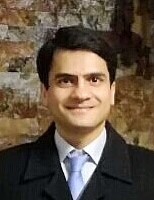
Understanding the spatial variability of soil chemical and physical attributes allows for the optimization of the profitability of nutrient and water management for crop development. Considering the advantages and accessibility of various types of multi-sensor platforms capable of acquiring large sensing data pertaining to soil information across a landscape, this study compares data obtained using four common soil mapping systems: 1) topography obtained using a real-time kinematic (RTK) global navigation satellite system (GNSS) receiver, 2) apparent soil electrical conductivity obtained using an electromagnetic induction instrument with topographic data, 3) combination of apparent soil electrical conductivity obtained using galvanic contact resistivity sensing, subsurface soil reflectance and direct soil pH measurements with topographic data, and 4) passive gamma-ray spectroscopy with topographic data with regards to their capability to predict six soil properties: clay content, cation exchange capacity (CEC), soil pH, soil organic matters (SOM) content, extractable potassium (P) and phosphorus (K) levels. These systems were used to map two agricultural fields: NX (45 ha) and ST (40 ha) in northeastern Ontario, Canada. It was shown that sensor combinations produced lower prediction errors as compared to individual sensors.

